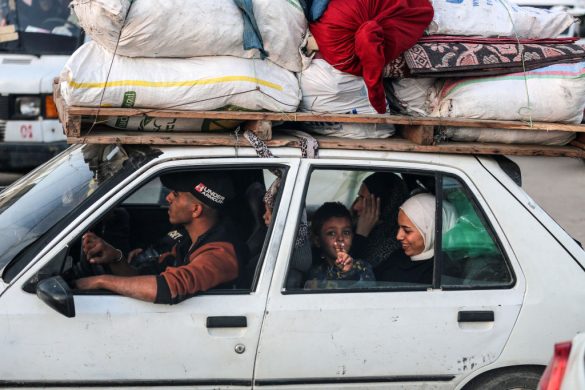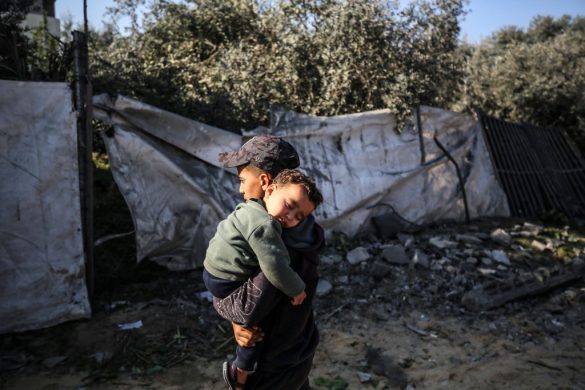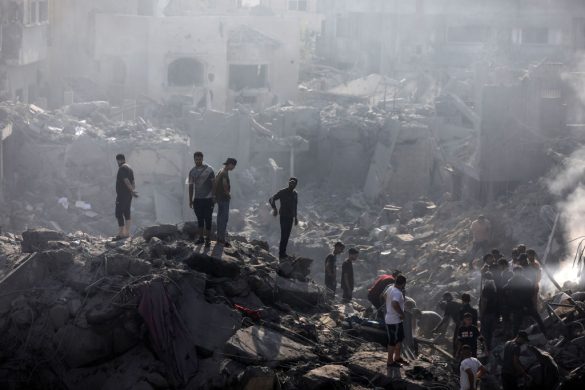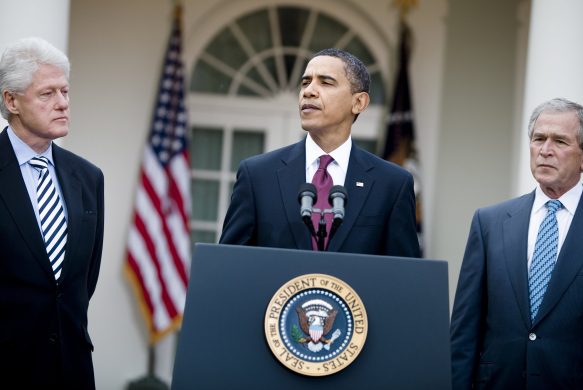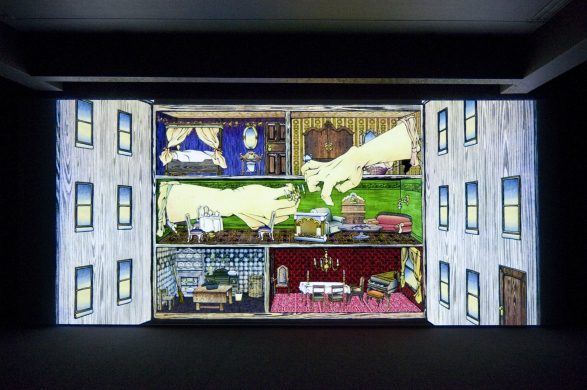Libyen er stadig præget af konflikt og holdes som gidsel af rivaliserende militsgrupper. Samtidig tyder narkomisbrug og psykiske problemer på, at civilbefolkningen er mere påvirket af krigen end først antaget.
TRIPOLI, 6 May 2014 (IRIN): In Hay El-Islami, a poor neighbourhood in western Tripoli, two groups of children are facing off. The first is led by a 10-year-old whipping a strip of plastic. About 30 metres down the dusty, unpaved street, their rivals wait with wooden sticks.
Nearly three years after an armed popular revolution in Libya toppled former strongman Muammar Gaddafi, this is how children here play. Women leaving nearby shops do not even take notice. It has become a regular sight. It even features in a public service announcement by the Ministry of Culture and Civil Society warning parents of the risks of a culture of violence among their children.
The 2011 civil conflict between Gaddafi’s supporters and rebels trying to oust him from power killed up to 25,000 people and injured 50,000 more, according to estimates by the National Transitional Council, the former interim government body. In the process, the conflict – and decades of repression before it – has left psychosocial scars from which the population is only just starting to heal.
While some Libyans suffer from serious medical conditions like post-traumatic stress disorder (PTSD) and suicidal depression, more diffused and subtle psychological and social problems have become much more pervasive in this fractured society.
Evolving symptoms
There are few statistics about the prevalence of PTSD in Libya; discussing psychological problems remains taboo here.
But one indication is the rising number of admissions at the psychiatric hospital in Tripoli.
“Before the war, we used to see 7-10 new patients a day,” said Abdulrauf Idres, a psychiatrist at the hospital. “Now it is more – between 20 and 30,” he told IRIN.
Symptoms have calmed somewhat from the initial period following the war, when suicidal thoughts were common, especially among former fighters, according to psychologist Tatiana Nasser, who works at the Libya Youth Center (LYC). Instead, a larger number of people are now showing less violent symptoms of PTSD: Children suffer from a lack of self-confidence, shyness or hyperactivity and trichotillomania (the compulsion to pull out one’s own hair), she said.
Other signs are increased crime and drug use.
This month, Tripoli Chief of Police Mohammed Swaisi said crime rates had increased – reaching 3,597 crimes – in the first half of 2013 (he didn’t specify how big the increase was).
Abdullah Fannar, deputy director of the hospital, says he has noticed many more drug-addicted people since the end of the revolution. They are former revolutionaries suffering from PTSD, he says.
“The family, which is the nuclear base of Libyan society, was destroyed after the war,” Idres said. “Young men who earned money have been killed or are now unable to work anymore because of PTSD or drug abuse. They destroy themselves but also their whole family. It is a vicious circle.”
The age of drug-addicted patients has lowered from the 20s to 14-15 years old, Idres said. “These young patients tell me the same story: ‘After the war, Libya was free. So I quit school and I tried alcohol, then hashish, then pills [especially Tramadol]’. I can predict that after 10 years, this generation will have severe psychiatric problems like delusional or maniac behaviours,” he said.
Nasser is worried not only for this generation, but about the one to follow.
“PTSD impacts fighters in the first step, then the following generations,” she said. “The aggressiveness of the teenagers and children is linked to the post-war chaotic situation.”
Return to normality?
Læs hele artiklen her:
http://www.irinnews.org/report/100042/lingering-psychological-trauma-three-years-after-libya-s-uprising





